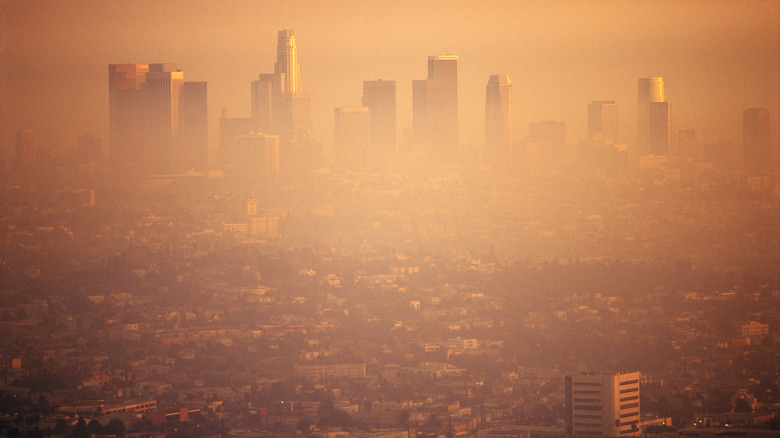As newly minted Tesla proprietor/spokesperson and President of the US Donald Trump appears to be like to cancel laws supposed to protect the setting, it looks as if California’s HOV lane exemption for electrical and plug-in automobiles is subsequent on the chopping block. We coated nearly every thing there’s to learn about HOV lanes earlier this month, however because it pertains to this subject, one operate of HOV lanes is that they encourage highway goers to carpool to lower the variety of tailpipes that belch out Earth-warming emissions. California at present permits house owners of Clear Air Automobiles to use for particular decals that permit drivers to make use of the HOV lane no matter automobile occupancy, due to their decreased or eradicated emissions. The state issued 194,486 Clear Air Automobile exemptions in 2024, a 52-percent enhance within the quantity issued in 2023, however the present program is ready to run out on September 30, and prospects of an extension look grim.
The 1998 Transportation Fairness Act for the twenty first Century allowed states to challenge these permits, and California instituted its program the next 12 months in 1999. {Qualifications} for these decals have develop into stricter over time. Initially any form of hybrid certified — you will nonetheless see second-gen Priuses driving round with their unique stickers in California — however at present, qualifying automobiles have to be totally electrical, hydrogen-fuel cell, a plug-in hybrid that meets sure situations (primarily EV vary) or compressed pure gasoline automobiles that meet sure situations. Automotive Information studies,
In 2024, the state’s Division of Motor Automobiles issued 194,486 stickers permitting automobiles to make use of the HOV lane with single occupancy by means of the Clear Air Automobile decal program. That is a 52 % enhance from 2023’s 128,122 decals.
The recognition of this system paradoxically undermines its effectivity. As extra automobiles are ready to make use of the HOV lane, it turns into extra crowded, eroding the motivation for each clean-air automobile drivers and people making a concerted effort to carpool.
“You are going to attain some level the place you’ve got exhausted that extra capability,” mentioned John Swanton, an air air pollution specialist with the California Air Useful resource Board’s communications workplace. “We’re not on the level the place, it doesn’t matter what we do, it’s very exhausted, however the problem to our legislature is tips on how to hold this a significant incentive.”
CARB says it will not be a deal-breaker
Swanton instructed Automotive Information that the affect of discontinuing this system “is just not going to be a deal-breaker,” because the variety of individuals shopping for qualifying automobiles to reap the benefits of the carpool incentive is small these days. On the flip aspect, California Republican State Assemblymember Greg Wallis mentioned it is a “key incentive” for a lot of Californian automotive customers.
Wallis authored a invoice that might lengthen the state’s Clear Air Automobile decal initiative by means of Jan. 1, 2027, however it’s at present pending prolonged federal authorization. That federal authorization is probably going going to be very difficult for Republican Assemblymember Wallis’ invoice. The Republican-led Congress has launched a invoice to eradicate the person $7,500 EV tax credit score, and each Trump and his choose to run the EPA Lee Zeldin have been fairly vocal about their intentions to intestine environmental protections, so hope for the revival of the decal initiative is waning.
In keeping with the California Vitality Fee, California had over 1.6 million EVs on its roads on the finish of 2024, not together with plug-in-hybrid or hydrogen fuel-cell automobiles. The affect of shedding the Clear Air Automobile initiative may have been extra devastating to widespread EV adoption in years previous, however hopefully the affect is minimal ought to Wallis’ proposed program extension get shot down.
